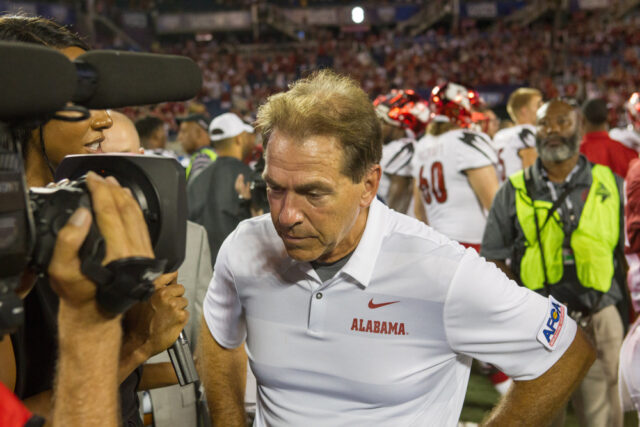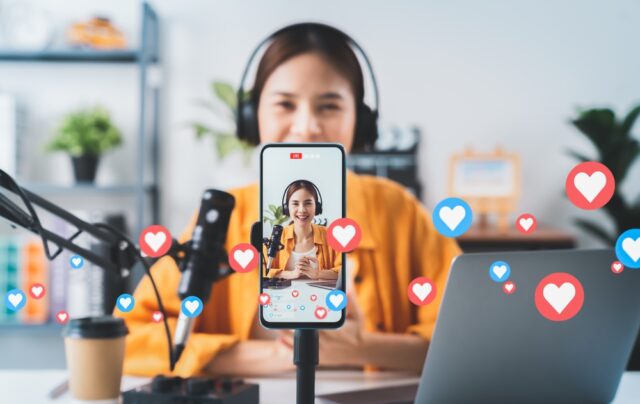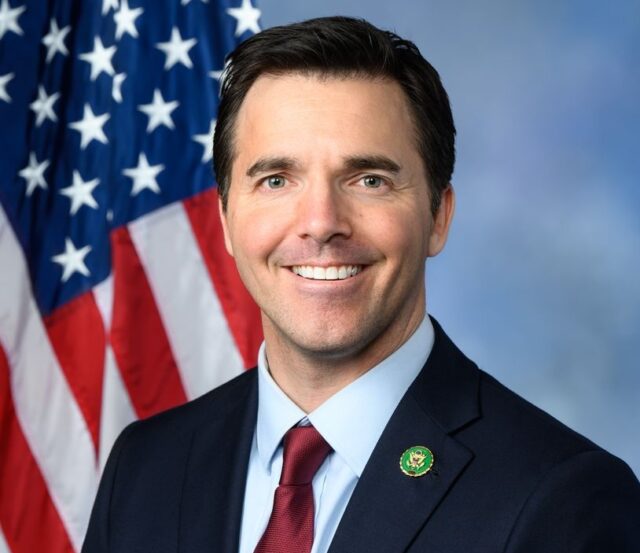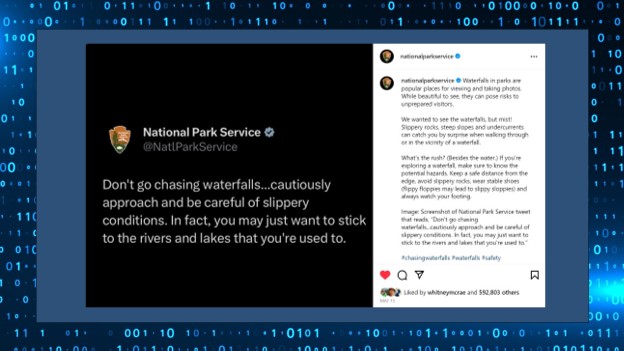
A venerable brand in the Southeastern United States is facing a crisis. They have failed to meet brand expectations, and their fans are extremely upset. No, I’m not going to start another debate about Cracker Barrel. I’m talking about something far more important to southern culture…the University of Alabama football team.
Organizations spend a lot of time and money working on their brand. Designing logos, creating memorable slogans, and choosing eye-catching colors are a few examples. Yet the most critical factor behind any strong brand is people. Employees bring a brand to life.
The University of Alabama football program illustrates this truth. More than a team, Alabama has become a brand recognized for excellence. Its success demonstrates that organizations in any industry thrive when they invest in great people—in this case: players, coaches, trainers, recruiters, analysts, etc.
Over the years, Alabama has won 18 national championships and is well known for legendary coaches like Nick Saban. Saban helped Alabama create a culture that was a consistent winner for more than a decade, including six national championships from 2009-2020. Saban was the highest-paid state employee in Alabama. Heck, their slogan, “Roll Tide”, is used as an informal greeting across the state.
Alabama’s dominance has always been centered around recruiting. While athletic skill is essential, the program prioritizes players with the right character, discipline, and mindset to embrace “The Process.”
Businesses face the same challenge. Hiring is not about filling roles but enhancing the brand and shaping its future. Every employee influences customer experiences, team culture, and public perception. Recruiting for both skill and cultural fit ensures employees reinforce—not dilute—the brand’s identity.
But what happens when a brand that seems to be bulletproof, like Alabama, loses a key employee? In this case, the retirement of head coach Nick Saban in 2023.
His exit is forcing Alabama to prove whether its culture is strong enough to endure without him. Similarly, in business, when a founder, CEO, visionary leader, or key employee departs, the company must demonstrate that its values and identity are bigger than any one person.

Former Alabama football head coach Nick Saban (Photo credit: Jamie Lamor Thompson / Shutterstock.com)
So far, things don’t look good for Alabama. After a devastating 31-17 loss to Florida State, recruits, fans, and even competitors are all beginning to view Alabama differently in the post-Saban era. Can the program maintain its dominance? Will standards slip? (I am a University of Tennessee football fan, so I bet you can guess the outcome I am hoping for.)
The same occurs when a business loses a key person or people. Customers, employees, and investors often wonder whether the brand will stay as strong and reliable, or if momentum will fade. It is a critical moment of truth. The transition can either weaken confidence and dilute the brand, or it can showcase the resilience of the organization. The difference lies in preparation: embedding culture, building strong teams, and ensuring systems are bigger than any single person.
Think about the people in your organization, which ones are so essential that their departure would harm your brand? Do you have a plan for that scenario?










